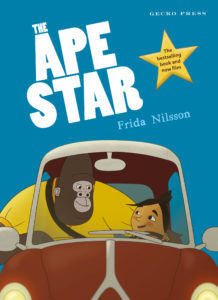By Claire Mabey. reader, writer and founder of Verb Wellington.
What is it about orphans in books? They are tragic, with backgrounds mysterious, bruised, like Jane Eyre. They are vulnerable and burdened, like Oliver; or have learned to be trickier than the trickiest, like the Artful Dodger. They are steely, sad, often hungry with large eyes. They’re tragically young and terrifically youthful. They are tantalisingly free.
Orphan characters run deep, like cupboards full of metaphorical spiders; and sometimes they are forced to live alongside real creepy crawlies, like Harry in his orphan’s nook under the Dursleys’ stairs.
Most of the time, orphan characters are delightful, imaginative and scrappy. They are usually children after all.
Orphans in books are at the intersection of some fundamental principals of children literature. There is a journey that veers between deep comfort and cold, hard misery (think about food and sleep—in great adventure stories those two things are hard to come by. But when our characters do … oh the joy and relief!). The young characters move from innocence to experience. While adults may be allies, they are too flawed/distracted to save themselves and everyone else. It’s got to be up to the kids. And finally, from hardship comes survival, invention and the emergence of a new family.
In literature, orphans arrive with a terrible proposition: that it is possible for the worst of the worst to happen. Orphans are truly alone, and grief, even neglect, might already have cemented itself in their depths of their character. (Even if they don’t remember the details of becoming an orphan, as is often the case in children’s books—memories can be helpfully vague.)
For many young readers it is unimaginable to picture a life without parents. And even if they don’t yet feel the full emotional force of such a thing, they know at least that the kid in this book is different; this book-child has a degree of freedom that they do not. And because of that freedom they are interesting. The absence of parents and the shadows of a life alone register like the lower notes in a musical chord. It’s a tone that we can instantly recognise: the underdog embroiled in a complex, grown-up world that will test even their already honed survival skills.
When I was little, being left alone to have adventures was all I asked at times. I forced my siblings to pretend we were orphans. For us it was about power. I wanted to decide when we ate, what we hunted, when we slept and what kind of hut we would eke a living within. And I wanted us to build the hut by ourselves too (upside down 80s style trampoline with ponga fronds strapped to the sides). We wanted to manage our day-to-day, defend ourselves from danger, and become knowledgeable about the things the adults around us seemed to miss: the patterns of nature, how to read the weather, and how to survive on rations foraged from the land.
I think we love orphans because they reflect back at us our greatest fears as well as our deepest, most primal desires. We fear loss but we crave self-determination and the power to overcome the worst evils and the most difficult environments. We all need orphans to survive because, when they do, there is hope for the world and hope for ourselves in the world, too.
I love the orphans in these books below but they also trouble me: they are complex characters, some contradictory, some endlessly perplexing.
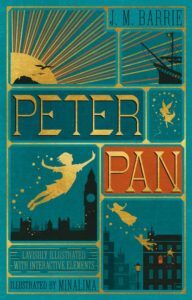 PETER PAN J.M. Barrie
PETER PAN J.M. Barrie
Peter Pan always bothered me a bit. I was hugely jealous, of course. He could fly, he had a sword and could use it well, he knew pirates and mermaids. He had Tinkerbell. But he was always following the stars out of Neverland to Wendy and Michael and the rest of the kids, who felt like shadow props next to this explosive lost boy. Peter had freedom emblazoned across his scrubby, unbathed face and down to his bare feet, likely chapped from the slipstream of his aerial hi-jinks. But he also wore his loss, the sadness of his lack of family, so loudly. I could see the appeal of Wendy’s posh house and her nice soft bed and the way she knew how to look after them all. But to me Wendy was in the way of the fun. When I was young, I thought Peter had it pretty good in Neverland. I was confused by his craving for a mother figure and even more confused by Wendy’s apparent willingness to be that for them.
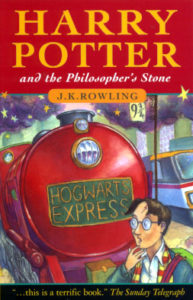 HARRY POTTER J.K. Rowling
HARRY POTTER J.K. Rowling
I read Harry Potter when I was sixteen. I stole the books from my younger sister and swallowed them. Harry is a tragic character and J. K. Rowling puts him through so much—emotional trauma and physical duress too. What has stayed with me is that number one principle: the contrast between lush comfort (e.g. the Gryffindor Common Room and the Weasleys’ home, The Burrow) and harrowing discomfort (e.g. Dementors, Voldemort … so many horrors). Lately, since the pandemic, I’ve come to equate Covid with Dementors and Death Eaters. A highly unpleasant thing that messes with our sense of ourselves, emotionally and physically!
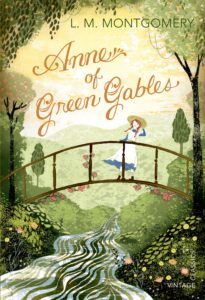 ANNE OF GREEN GABLES L.M. Montgomery
ANNE OF GREEN GABLES L.M. Montgomery
Anne is one of my favourite characters. She is a well of sadness but her personality triumphs, sparkles despite it. And even when she has what she calls a “Jonah Day” and rails and rages, Anne never stops making life interesting or learning from her mistakes. The misery of Anne’s early years is hinted at throughout the series of books about her life. We are never in doubt that Anne is an underdog, and red-haired and a woman at that. The character of Anne is a triumph of attitude: what are our options when life has been cruel? If you’re Anne, you succumb completely to the powers of your imagination and spin gold; you always recognise beauty in nature, potential in others, and in doing so manifest more space for love and friendship.
 PADDINGTON Michael Bond
PADDINGTON Michael Bond
Strange creation, this little bear. I never liked Paddington all that much as a child. He was too polite for me. But as an adult I am softer and have come to love his narrative: the gentle alien in our hard world. Charming, with quirky habits, his sweet nature can’t help but invite kindness back. That is a beautiful way to survive.
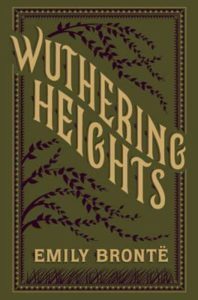 HEATHCLIFF Wuthering Heights by Emily Brontë
HEATHCLIFF Wuthering Heights by Emily Brontë
Poor Heathcliff. He’s terrible, outrageous! But I am drawn to this character over again. For me he represents honest rage. The rage at circumstance, rage at inequities, rage at feeling so passionately you don’t know what to do with it because nobody has shown you how. Heathcliff is described as a changeling child in the book. He is a true mystery and burdened because of it. I have always loved his capacity for upsetting the status quo.
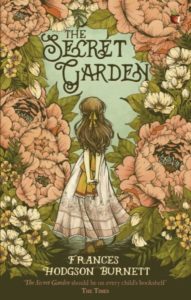 MARY LENNOX The Secret Garden by Frances Hodgson Burnett
MARY LENNOX The Secret Garden by Frances Hodgson Burnett
Mary Lennox is the first orphan I remember wanting to be (other than Anne). Mary is hard to like in many ways: at the start of the story, she’s rude, sulky, even violent. Mary remembers her parent’s death, and she carries their loss, but also their past neglect, with her into her fresh start in deep, dark Yorkshire. Like the flowers in the garden that she secretly cultivates with her pale cousin Colin, she blossoms in joyous independence. Even while Mary does gain a family, she retains her sense of self to the end. I’ve often wondered what a sequel would be like …
The Ape Star from Gecko Press is about an orphan girl who is adopted by a gorilla who lives in a junkyard and the surprising friendship that grows between them. Available from all good bookstores and our website.
